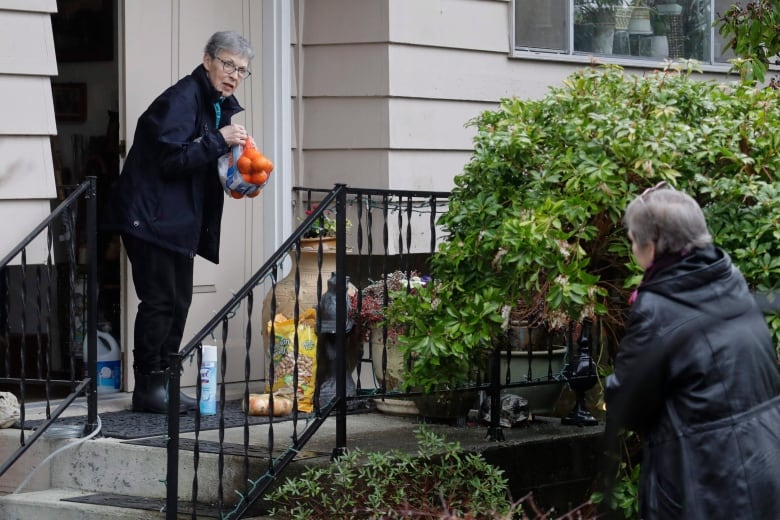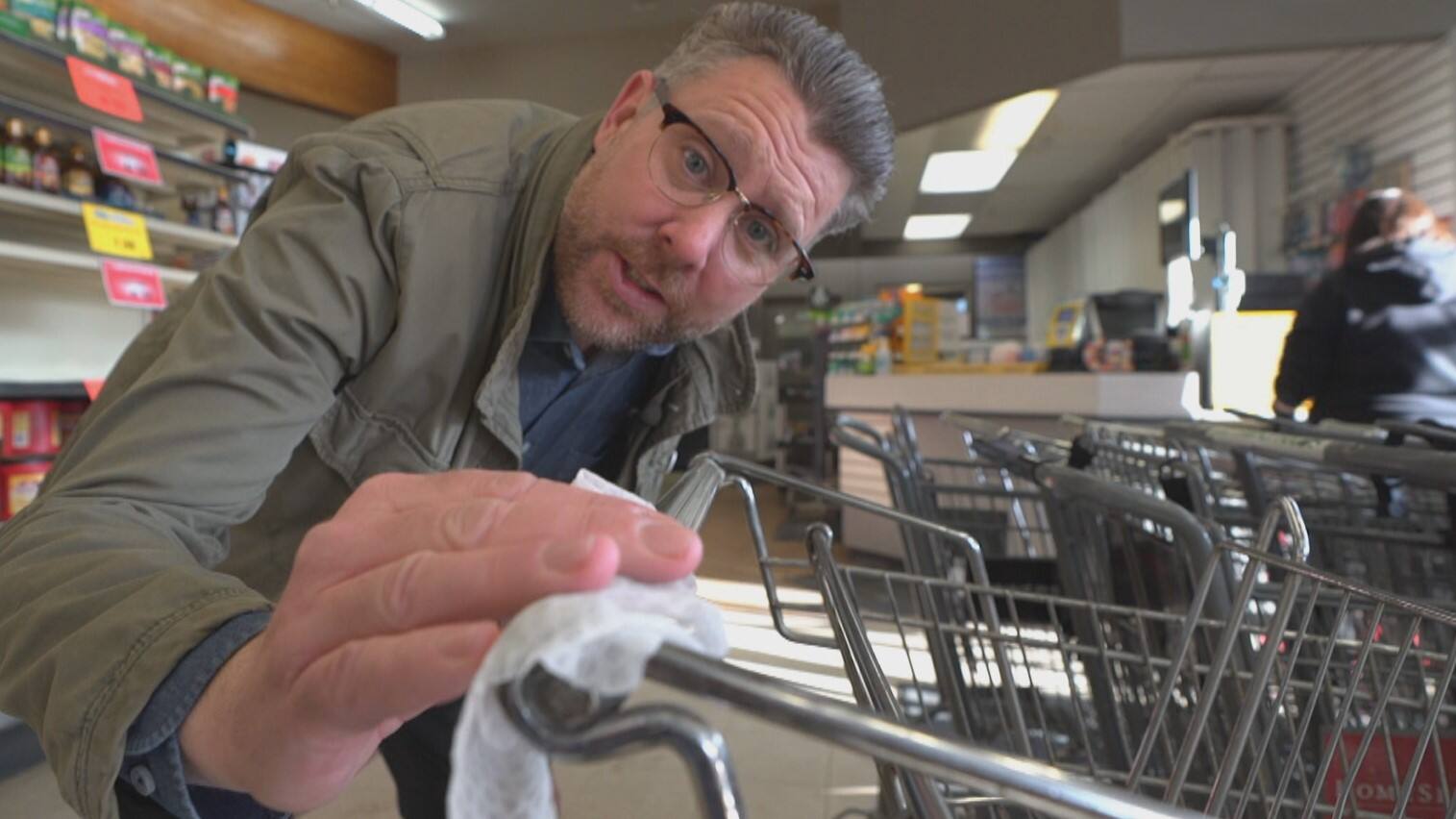Got questions about physical distancing? Here's what you need to know
Experts offer advice about keeping others safe without giving up everything
We've all heard a lot about physical distancing (formerly known as social distancing) to slow the spread of COVID-19, and most of us get the gist of what that means.
But it's still confusing to figure out which activities are OK, and which aren't, especially since different experts and authorities in different places are giving different advice, and it seems to change by the day.
For example, do you really have to stay home or can you go outside to exercise yourself or your kids?
Here's what you need to know.
How to do physical distancing, in a nutshell
Physical distancing involves:
- Interacting with as few people as possible. Typically, that means avoiding all people you don't live with, including family members and significant others.
- Trying to avoid getting too close (a minimum of two metres or two arms' lengths is generally recommended in Canada and required by some city bylaws) when we do.
The province of Manitoba also recommends minimizing any contact with others that's more than 10 minutes in public.
It used to be called social distancing, but on March 20, the World Health Organization changed its preferred term to physical distancing, noting that while maintaining a physical distance was essential, that "doesn't mean that socially we have to disconnect from our loved ones."
Kate Mulligan, assistant professor at the Dalla Lana school of public health at the University of Toronto, who had advocated for it to be called physical distancing even before that, said staying in touch with others at this time is actually vital.

Everyone should do physical distancing, but not everyone needs to self-isolate
Mulligan describes physical distancing as a "civic responsibility" that's for everybody.
But there are a huge range of physical distancing measures, and not everyone needs to go to the extremes.
Self-isolation is the strictest form of physical distancing when people can't leave home even for groceries (they need to be delivered). People are being asked to self-isolate if they have:
- Cold or flu symptoms.
- Have been diagnosed with COVID-19.
- Have just returned to Canada from another country.
- Have been in contact with someone who has been diagnosed with the illness.
More severe measures may also be advised for people at higher risk, such as seniors and people with chronic health conditions.

However, while maintaining a safe distance from others, healthy people can still continue to do things that are essential, such as grocery shopping, walking the dog, or getting physical exercise.
That said, the recommendation is increasingly to do those things alone, not with people in your household.
Watch: How to social distance at the grocery store:
Can you still go outside outside, especially to public parks and trails?
Many people have heard more severe messages such as Prime Minister Justin Trudeau's, "Go home and stay home."
Ontario issued an emergency alert Saturday urging telling people to "only go out if absolutely necessary to pick up groceries, prescriptions or go to a medical appointment."
Meanwhile, officials have closed playgrounds and parking lots for parks across the country, and have started patrolling parks and fining people seen within two metres of someone they don't live with, including people seen sitting alone on benches.
"I think it's mostly reaction to people trying to kind of push up against the limits of whatever the directives were before," said Mulligan in a follow-up interview on Monday. She notes that people were congregating in parks, doing things like playing sports on weekends. "And so that's what they're really trying to crack down on."
And while walking your dog has been widely recognized as an essential activity, Mulligan says humans also need to go outside for their health and well-being.
"So yes, you can go outside, you can go for a walk, you can walk your pet, you can go with your family for a bike ride, you can go for a jog," she said. "I think the thing is that, you know, you should be sort of continuing to keep moving and not congregating in groups."
Jogging with one other person if you stay two metres away has still been considered OK up until recently, but Mulligan suggests doing that only if it's essential for a reason such as safety.
"I think technically it is allowable. But it's another one of those things that like if all of us are doing that, that's when it starts to get a little bit difficult."

What kinds of social interactions can we have, then?
Activities with people you live with are fine. As mentioned, an outdoor activity with one other person may be OK as long as you stay two metres apart.
Mulligan also recommends connecting online via video chats or calling or texting others.
But most of all, she recommends volunteering to help someone else, such as an elderly neighbour or relative.
"Turn your social needs toward altruism and community care and mutual aid," she said, " and you're going to feel really good and you're going to be helping."
Will governments and individuals need to tighten social distancing strategies further?
As of mid-March, Hoption Cann said he was seeing a tightening of regulations as recommendations change.
"You want to keep an eye on public health recommendations as they're gathering data all over the world on best practices," he said. "It changes from day to day."
Obviously, regulations and enforcement have tightened a lot since then and could continue to, so it's worth paying attention.
How long will we have to keep this up?
Unfortunately, nobody knows.
Dr. David Buckeridge, a professor of epidemiology, biostatistics and public health at McGill University, told CBC News a few days ago that it could be weeks or months before we really get a handle on things.




Comments
To encourage thoughtful and respectful conversations, first and last names will appear with each submission to CBC/Radio-Canada's online communities (except in children and youth-oriented communities). Pseudonyms will no longer be permitted.
By submitting a comment, you accept that CBC has the right to reproduce and publish that comment in whole or in part, in any manner CBC chooses. Please note that CBC does not endorse the opinions expressed in comments. Comments on this story are moderated according to our Submission Guidelines. Comments are welcome while open. We reserve the right to close comments at any time.